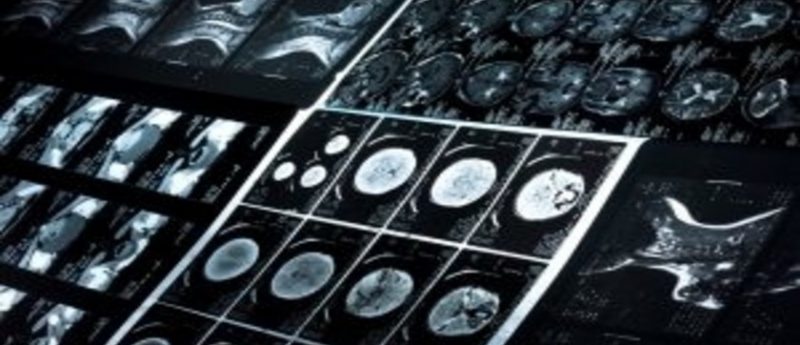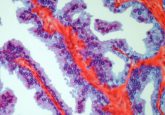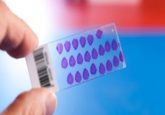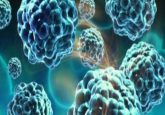Cervical test put to use in head & neck biopsies

Pathologists and head & neck surgeons from the Dartmouth Hitchcock Medical Center’s Norris Cotton Cancer Center (NH, USA), have explored a new use for ProExC, an antibody cocktail commonly used for pathology tests of the uterine cervix.
The research team reported recently in Pathology – Research and Practice that the test had been successfully used to distinguish between cancer recurrence and benign inflammation of mucosal tissues. If supported, this work could solve the common problem for surgeons of discriminating between preneoplasia and reactive or inflammatory biopsies in equivocal pathology results.
“In reality, the biopsies we receive from head and neck patients are often tiny and poorly oriented. Particularly in smokers and other post-treatment patients, inflammation may cause reactive epithelial atypia that is difficult to distinguish from dysplasia,” expanded lead author Candice Black (Norris Cotton Cancer Center). “This new use of the ProExC antibody cocktail allows us to provide the head & neck surgeons with key information about which patients have post-therapy complications versus those with true tumor recurrence.”
The two systems for classifying dysplasia, as recommended by the World Health Organization, have both received criticism for their subjectivity and for failing to accurately predict disease progression. The problem lies in the myriad of histologic, neoplastic cytologic and architectural aberrations present in mucosal membranes, which can mimic dysplasia. This study represents the first attempt to use ProExC as a diagnostic adjunct during head & neck mucosal biopsies.
Pathologists took 64 biopsies from the Dartmouth archives and organized these into groups of patients who had or had not progressed to cancer. The team compared the ProExC stain scores for the two groups and found significant differences. “The surgeons wanted to know if the mucosa was neoplastic or just inflamed and reactive. The old-school answer of ‘atypia’ simply isn’t sufficient to make decisions about therapeutic interventions,” reported Black.
Plans for the team’s future research include gathering prospective cases and continuing testing of ProExC.
Source: Jenson EG, Baker M, Paydarfar AJ, Gosselin BJ, Li Z, Black CC. MCM2/TOP2A (ProExC) immunohistochemistry as a predictive marker in head and neck mucosal biopsies. Pathol. – Res. Pract. DOI 10.1016/j.prp.2014.02.003 (2014); The Norris Cotton Cancer Center Dartmouth-Hitchcock Medical Center press release




